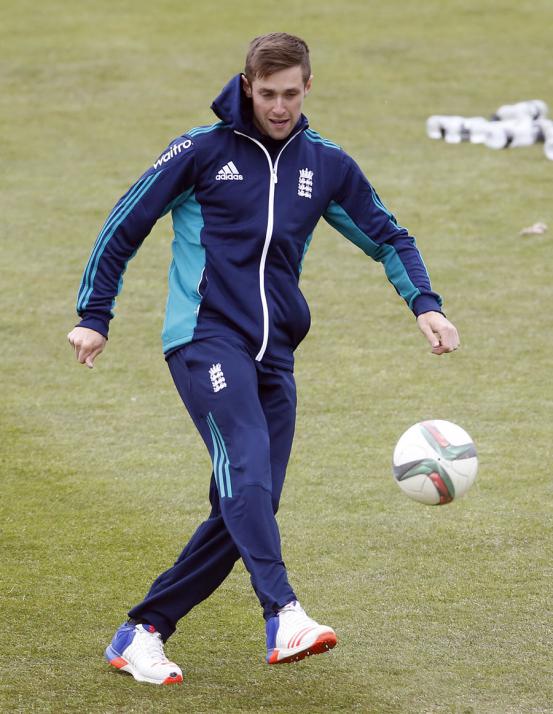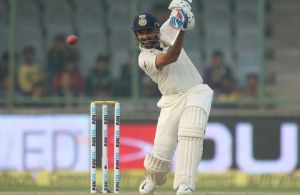- Commissioner’s statement on Ventura, Marte
- Ronnie O’Sullivan: Masters champion ‘felt so vulnerable’ in final
- Arron Fletcher Wins 2017 WSOP International Circuit Marrakech Main Event ($140,224)
- Smith challenges Warner to go big in India
- Moncada No. 1 on MLB Pipeline’s Top 10 2B Prospects list
- Braves land 2 on MLB Pipeline’s Top 10 2B Prospects list
- Kingery makes MLB Pipeline’s Top 10 2B Prospects list
- New Zealand wrap up 2-0 after Bangladesh implosion
- Mathews, Pradeep, Gunathilaka to return to Sri Lanka
- Elliott hopes for rain for Poli
Woakes and Ball vie to fill Stokes void
- Updated: May 25, 2016

During the early 1980s, it was far from uncommon for a spectator at Taunton to hear the announcement before play: “No. 11 on your scorecard, Joel Garner, has been replaced by No. 12, Dennis Breakwell.”
Breakwell was a fine cricketer. But he was a canny left-arm spinner, not an enormous fast bowler. So while sighs of relief emanated from the visiting dressing room, sighs of frustration emanated from home team spectators. Standing in for a giant isn’t easy.
It might feel similar for Chris Woakes or Jake Ball on Thursday morning. Both are highly skilled young bowlers. But neither is Ben Stokes. And a Durham crowd that wanted to see their local hero are bound to feel a little disappointed.
But this is a huge opportunity for whoever is selected. On a pitch that tends to assist seamers and against a batting line-up that may be scarred by the events of Headingley a few days ago, this is an opportunity to establish themselves in the England squad and perhaps nail down the position of first reserve.
Woakes is the more likely to play. It’s not just that he is the better batsman – he made his Test debut at No. 6 and has nine first-class centuries behind him – but he comes into the game having just claimed career-best figures of 9 for 36 in the County Championship, with head selector, James Whitaker, among those in attendance. “It was like facing 90-mile-an-hour legbreaks,” Durham captain Paul Collingwood said of Woakes’ performance. “It was international class.”
Woakes’ Test record to date is modest. In six Tests he has claimed eight wickets at an eye-watering average of 63.75. Judging from social media – which is not the most accurate barometer – there is little love for him from England’s own supporters. And it is true that some batsmen have suggested that, such is his orthodoxy, he can be lined-up relatively easily.
But there is some mitigation for that record. For a start, he has tended to play each Test in isolation. While he played three Tests in the series against India in 2014 and two against South Africa at the turn of this year, he has nearly always been a stand-in. He has never quite been able to relax and settle into his role.
He has played on some flat pitches, too. Rarely taking the new ball, he has struggled to adjust to the general nature of Test surfaces – which are often less helpful to seamers than county surfaces – and has, at times, looked a little plain. He has not been helped, either, by some dropped catches. …
continue reading in source www.espncricinfo.com



